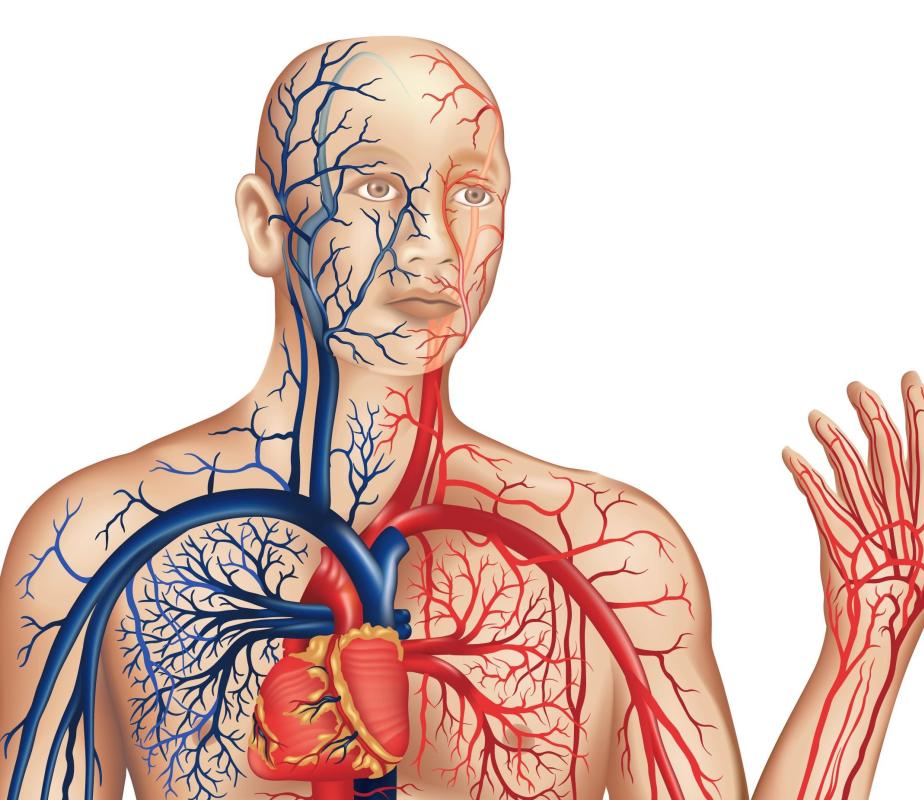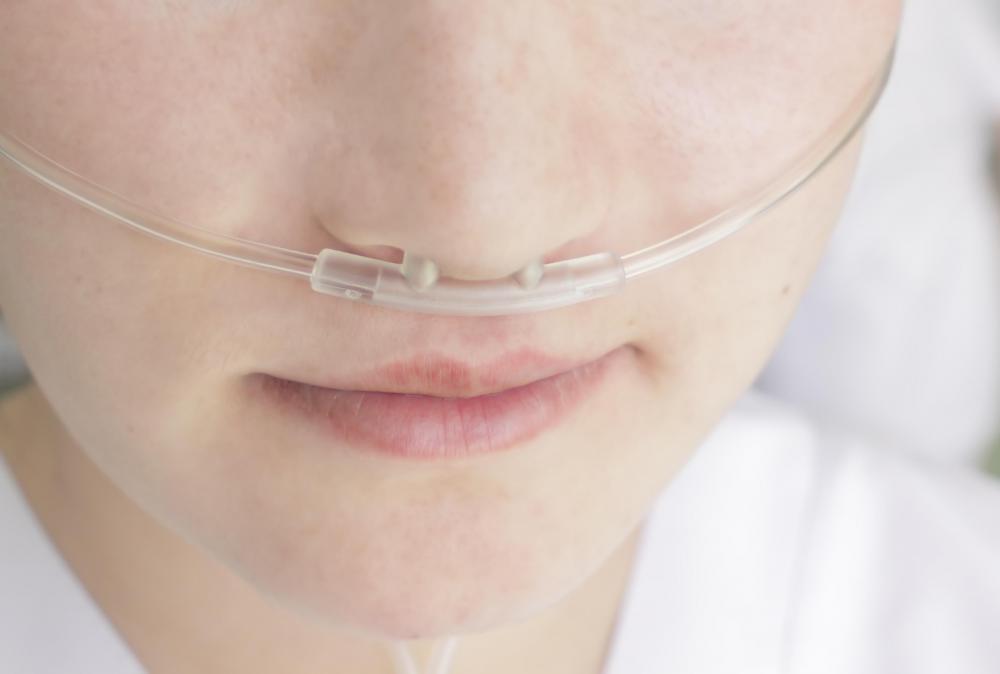At TheHealthBoard, we're committed to delivering accurate, trustworthy information. Our expert-authored content is rigorously fact-checked and sourced from credible authorities. Discover how we uphold the highest standards in providing you with reliable knowledge.
What is a Cardiac Shunt?
A cardiac shunt is a condition where blood in the heart moves sideways before completing its circulatory path. In humans, this is usually an abnormal condition resulting from the presence of heart defects, or surgeons may create a shunt to compensate for heart defects. When simply present in congenital heart defects, some of the blood in the heart shunts right-to-left or left-to-right as a result of communication or holes between the chambers in the heart or the great vessels leaving the heart, which are called the pulmonary and aortic valves. Shunting may be a concerning condition requiring surgical repair.
Humans are born with several normal open shunts that helped with fetal circulation, and these gradually disappear in the first few days or months of life. The foramen ovale is a communication between the right and left atria, while the ductus arteriosus forms a similar communication between the pulmonary and aortic vessels. Another shunt that closes early is the ductus venosus. When children are born with congenital heart defects, an effort may be made to keep the ductus arteriosus open to preserve shunting; it could provide a needed mix of blood that is unattainable until heart repair can take place.

An abnormal cardiac shunt may occur anywhere along the septal wall. The septum is the dividing wall that separates right heart from left heart, or right atrium and ventricle from left atrium and ventricle. When communications occur between right and left chambers (ventricular or atrial septal defects), blood can be diverted from its normal path and shunt right or left. An additional place a shunt may occur is in between the great vessels.

When blood moves inappropriately from right-to-left, it causes serious problems for the body. Blood in the right side of the heart is supposed to be pumped to the lungs to pick up oxygen, but if it’s diverted, it can get sent back out to the body’s tissues and fail to provide adequate oxygen. This can result in cyanosis, or low oxygen levels, that correspond to symptoms like poor energy, a blue tone to the skin, and eventual heart failure.

A left-to-right cardiac shunt means oxygenated blood on the left side of the heart moves to the right side and travels back to the lungs to get oxygen again. Increase in blood volume to the lungs may result in pulmonary hypertension and, without treatment, permanent damage to the lungs can occur.
In most cases, a persistent shunt in the heart requires surgery. In rare instances, the shunt is present with other defects, and it is needed in order to maintain equilibrium in the heart’s function. These functional shunts aren’t usually repaired until all defects can be repaired, or they may never be repaired if they would aid in the heart’s function. A huge ventricular septal defect present in hypoplastic right or left heart might never be repaired because it could promote better circulation.
AS FEATURED ON:
AS FEATURED ON:















Discussion Comments
I was diagnosed with IPF by a pulmonologist who claimed that was the reason for my shortness of breath and fatigue. I decided to get a second opinion. The second pulmonologist showed me my lung scans and said the small amount of fibrosis could not possibly be the reason for my shortness of breath and fatigue. My problem was more likely a heart shunt or a bacterial infection. We are currently checking that out. Advice? Second opinions may be worthwhile.
Post your comments